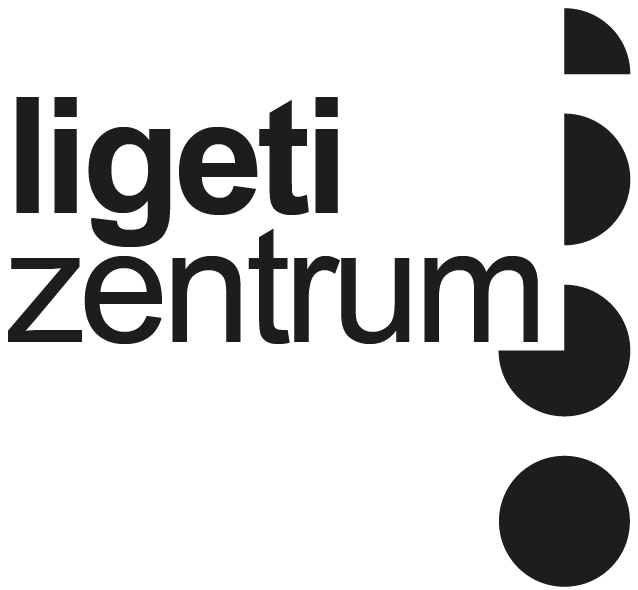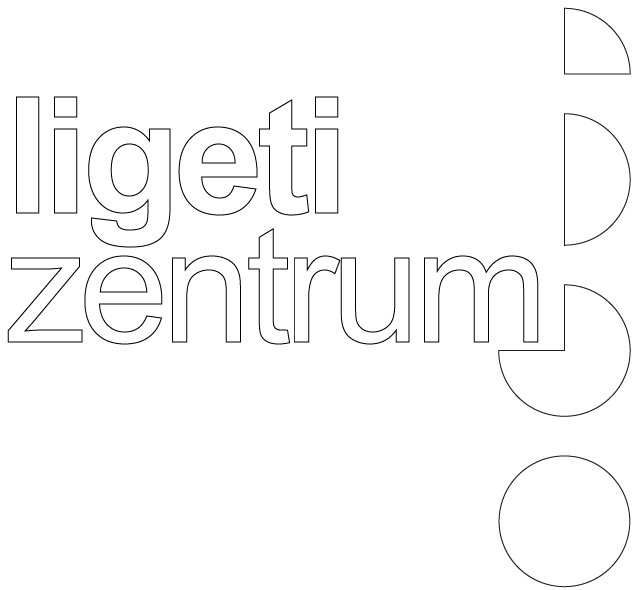Eduardo Reck Miranda:
Multiverse Symphony
Flute, clarinet, bassoon, horn, violin, cello, contrabass, and live electronics by Eduardo Reck Miranda, 2023
Yalda Zamani (conductor)
opus glitch_ : A Performance-Research Experimental Lab from Contemporary Chamber Orchestra Elbe
Rafal Zalech, Violin
Katrin Szamatulski, Flute
Samuel Stoll, Horn
Jonathan Heilbron, Double Bass
Ronan Whittern, Bassoon
Jakob Nierenz, Cello
Nora-Louise Müller, Clarinet


